Thanh Hoa has 1,329 cooperatives and 2,556 cooperative groups (THT), of which thousands of units directly participate in the production and development of agricultural products, handicrafts, medicinal herbs... on a commodity scale. However, many cooperative products, although of good quality, have low competitiveness, difficult product consumption, and low economic value.
 Seafood products of Hai Binh Seafood Processing Cooperative (Nghi Son town) have intellectual property protection and are trusted by the market.
Seafood products of Hai Binh Seafood Processing Cooperative (Nghi Son town) have intellectual property protection and are trusted by the market.
Faced with the above situation, cooperatives need to focus on building product brands and protecting intellectual property to prevent product infringement and unfair competition to protect the brand and reputation of the product.
According to a survey by the Provincial Cooperative Union, currently in the province, there are a number of cooperatives and cooperative groups that have successfully registered intellectual property rights. Of these, 102 cooperatives and 10 cooperative groups have registered trademark protection and successfully developed OCOP products, but there are still many units in the collective economic sector that are "leaving open" this field, affecting the competitiveness of the products.
Director of Hai Binh Seafood Processing Cooperative (Nghi Son town) Nguyen The Hoang, said: In coastal localities of the province and across the country, there are different formulas and methods to create products with different flavors and qualities. Therefore, in order for the products to be competitive in the market and not to be mixed up in the "world" of similar products, as soon as the product formula was researched and developed, the Cooperative contacted local authorities and specialized agencies to register trademark protection for the Vi Thanh product brand. Thanks to that, when consumed in the market, the products are competitive and have a "positioning" for consumers to identify and not to be confused with similar products.
Or for the collective economic units established on the basis of promoting traditional crafts, registering for intellectual property protection is not only the responsibility to increase the competitiveness of products in the market but also the obligation to protect the creativity and labor of the local people. Products that are superior and demonstrate the role of intellectual property in production such as Thang Long rice vermicelli, Thang Long commune (Nong Cong), Xuan Lap leaf-shaped cake, Xuan Lap commune (Tho Xuan), Ai village soy sauce (Yen Dinh)... are no longer products produced by small-scale households and freely consumed in the market, but immediately after linking production households and establishing cooperatives and cooperatives, most of the products are registered for collective trademark protection by the subject.
When the prescribed criteria are met, the Intellectual Property Office (Ministry of Science and Technology) will issue a collective trademark certificate and the General Department of Standards, Metrology and Quality will issue a barcode for the product. At that time, cooperatives and cooperative groups will act as a bridge between production households and state management agencies and authorities at all levels in building mechanisms and policies to promote the development of the profession in accordance with the provisions of law.
Thanks to collective trademark protection, product consumption in the market is guaranteed, with an advantage over similar products that have not yet built a brand or trademark.
Ms. Luong Thi Thuy, a member of the Ai village soy sauce production and service cooperative, Dinh Hai commune (Yen Dinh), said: Since 2019, nearly 20 local production households have joined together to establish a cooperative to support and help each other in the production process, unify techniques to improve product quality and move towards consuming products for members. After affirming the quality through the production process, the product was certified as a collective trademark and a provincial OCOP product. Being recognized for its value and brand has motivated production households to continue to preserve and develop traditional occupations, becoming a solid "support" for the product to reach further in the market.
In fact, in the province, with similarities in production and living culture, many cooperatives and cooperative groups produce the same product, which is a typical local product. Of course, each product has its own "color", but not all consumers can distinguish it. Not to mention, in the current social environment, counterfeiting and imitation of branded and quality products is happening a lot. Therefore, entities, especially cooperatives and cooperative groups, who want to develop traditional industries and produce typical local products need to be aware of registering intellectual property to protect their products when circulating on the market.
Contributing to supporting cooperatives and cooperative groups in implementing intellectual property protection for products, every year the Provincial Cooperative Union has coordinated with the Department of Science and Technology, the Department of Agricultural, Forestry and Fishery Product Quality Management (Department of Agriculture and Rural Development) to organize training courses and propaganda on intellectual property protection, especially trademark protection for cooperatives and cooperative groups. In addition, according to Decision 4408/QD-UBND dated November 5, 2021 of the Provincial People's Committee, every year through the implementation of scientific and technological tasks, departments, branches and localities will support domestic and foreign registration for protection of geographical indications, certification marks, collective marks for key products and services, local specialties, traditional craft village products and products associated with the OCOP Program of the province.
Article and photos: Le Hoa
Source


![[Photo] Vietnam and Sri Lanka sign cooperation agreements in many important fields](https://vphoto.vietnam.vn/thumb/1200x675/vietnam/resource/IMAGE/2025/5/5/9d5c9d2cb45e413c91a4b4067947b8c8)










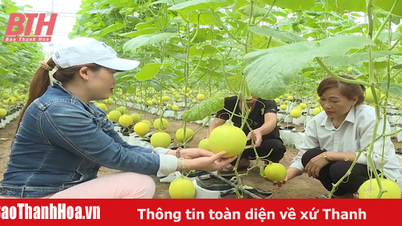



















![[Photo] President Luong Cuong and Sri Lankan President Anura Kumara Dissanayaka visit President Ho Chi Minh relic site](https://vphoto.vietnam.vn/thumb/1200x675/vietnam/resource/IMAGE/2025/5/5/0ff75a6ffec545cf8f9538e2c1f7f87a)










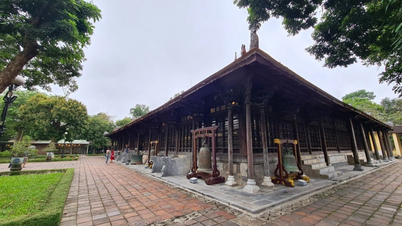





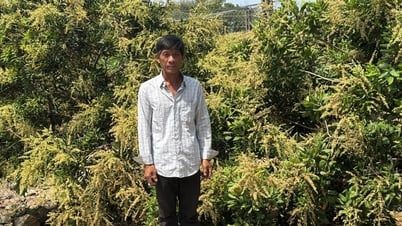
















![[Photo] President Luong Cuong presided over the welcoming ceremony and held talks with Sri Lankan President Anura Kumara Dissanayaka](https://vphoto.vietnam.vn/thumb/402x226/vietnam/resource/IMAGE/2025/5/5/351b51d72a67458dbd73485caefb7dfb)























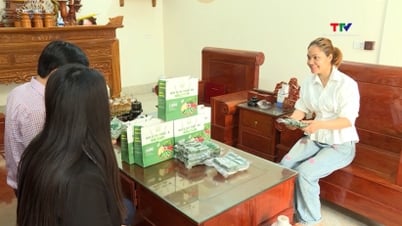

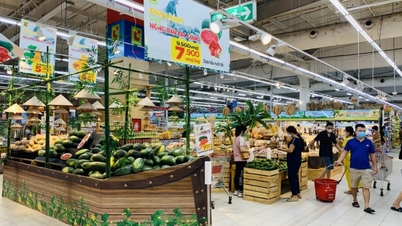

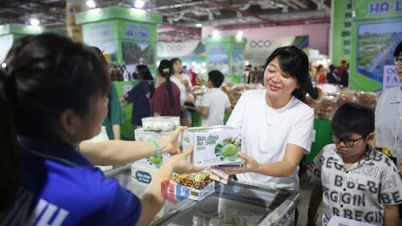

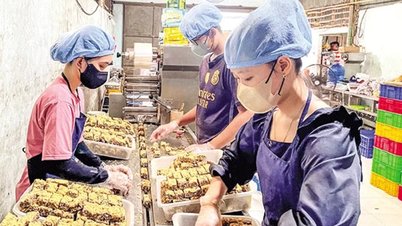



Comment (0)